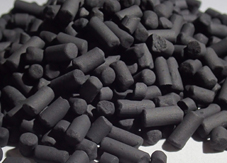Chinese Filter Plant
Unix was quick to focus on the possibilities of China as a future growth market for PM2.5 solutions. Leveraging its accumulated filter technology, Unix started to develop and manufacture high-quality all-purpose filters. By combining them with HEPA and other dust filters, we are able to offer filters that meet tighter environmental regulations. The manufacturing facilities are in Taicang, in the suburbs of Shanghai, and in Jiangsu. From here we aim to expand globally, both within China and the wider Asia market. Our goal is to use the technologies fostered in Japan to stimulate technical competition in the Chinese filter market and raise the overall level of filters in China. In this way we hope to make a social contribution by ushering in a cleaner world.
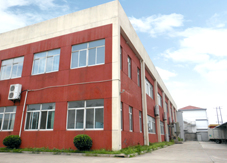
Cellular activated carbon filters
Using the cellular filter technology developed in Japan to meet the needs of high-level manufacturing facilities, we achieved filters with a three-dimensional structure entirely coated in activated carbon. We use a particular type of carbon, made from a coconut husk, which has a large surface area. This enables it to absorb large amounts of polluting gases. Adding a catalyst for gases that resist absorption causes them to react, making them easier to eliminate.
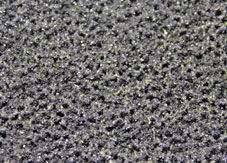
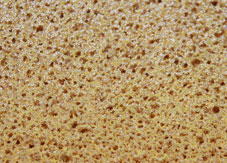
All-purpose multilayer pleated filters
Unix is currently applying industrial filter technologies accumulated in Japan to develop automotive filters and filters for home appliances designed for handling environmental pollution. By proposing improved performance leveraging our expertise, we plan to market price competitive high-performance filters by achieving one-stop inline production.
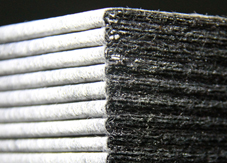
Active carbon filter media
Unix manufactures filters packed with high-quality crushed coconut husk charcoal or activated carbon pellets. Varying the shape of the filter media permits adjustment of the pressure loss. Catalysts can also be added depending on the particles to be eliminated. These are highly versatile filters that are commonly used on the ventilation outlets at all types of manufacturing facilities. They are also suitable for low cost zones, further expanding their application possibilities.
